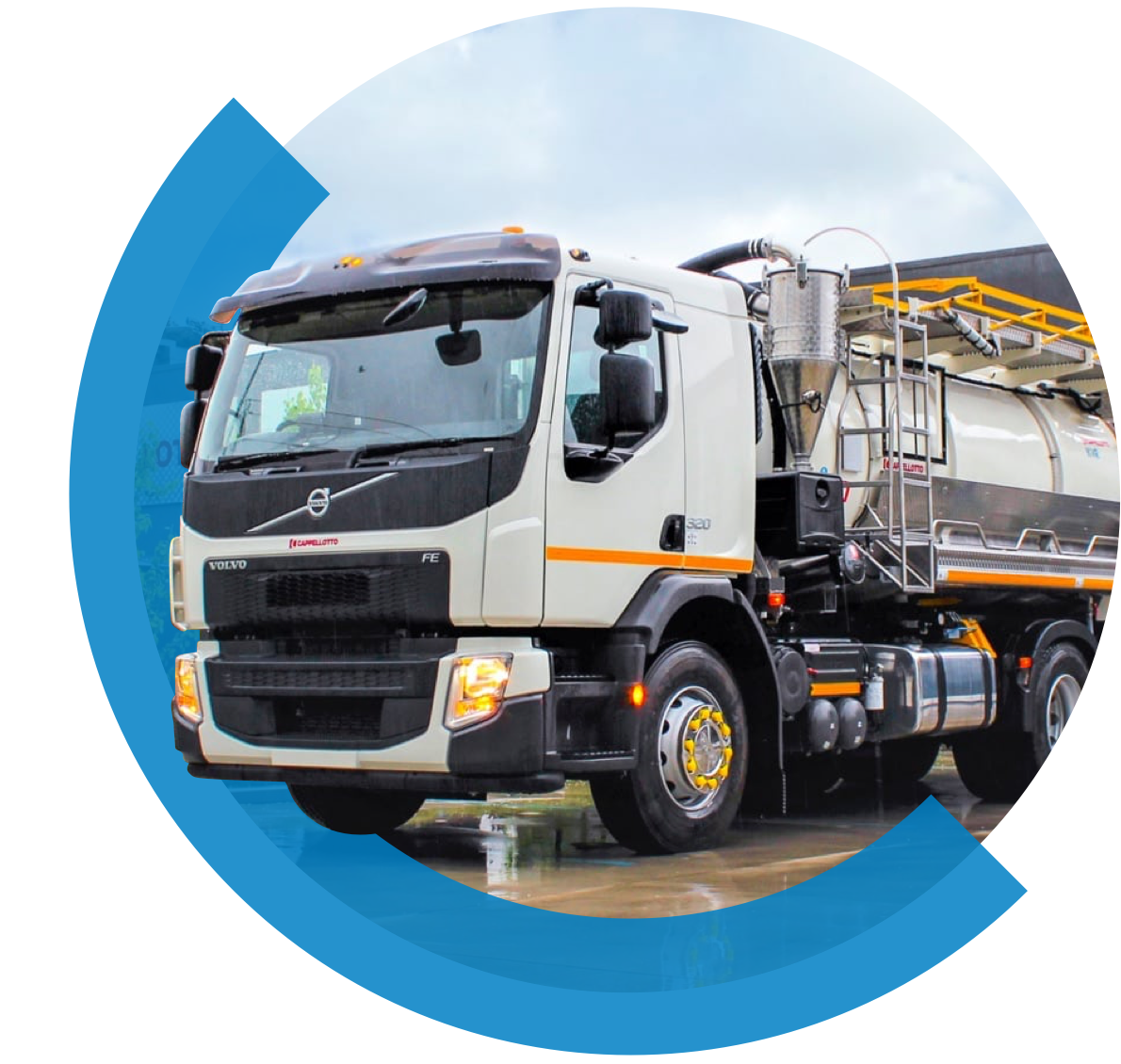
FAQs ON LIQUID VACUUM TRUCKS
Liquid vacuum trucks are an essential part of a variety of commercial and industrial environments. Despite being widely used, questions about how these trucks work and differences in size often come up.
This guide answers these frequently asked questions and more.

Find the Right Liquid Vacuum Truck for Your Needs
To find the right liquid vacuum truck for your needs, viewneeds view our range of market-leading Capelotto trucks or speak to one of our experts today.

